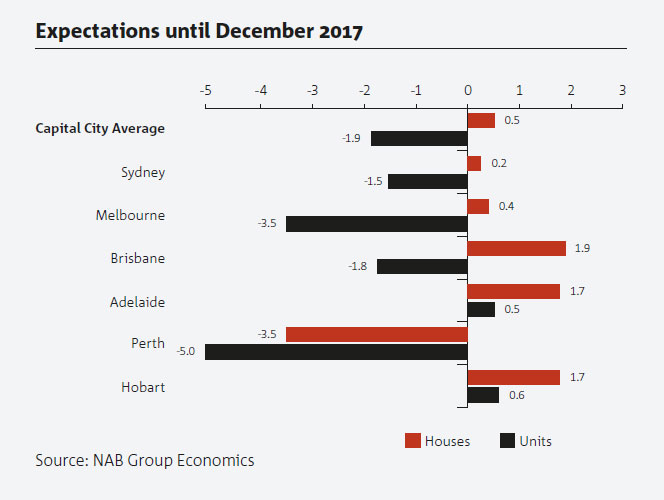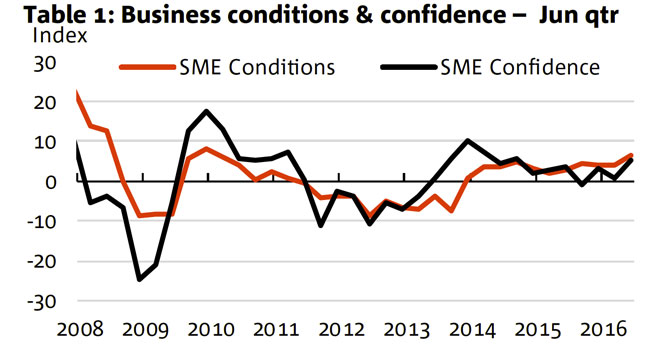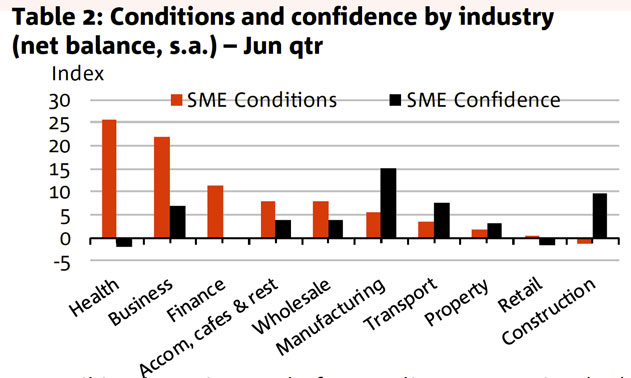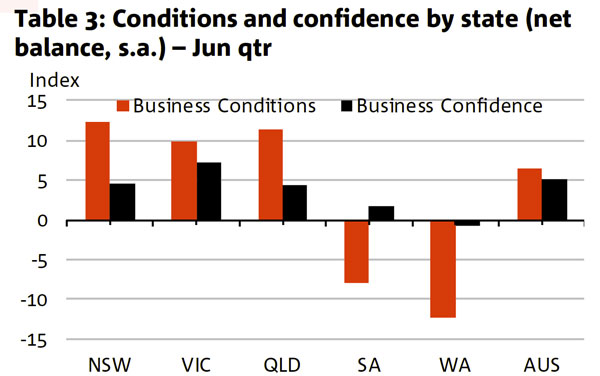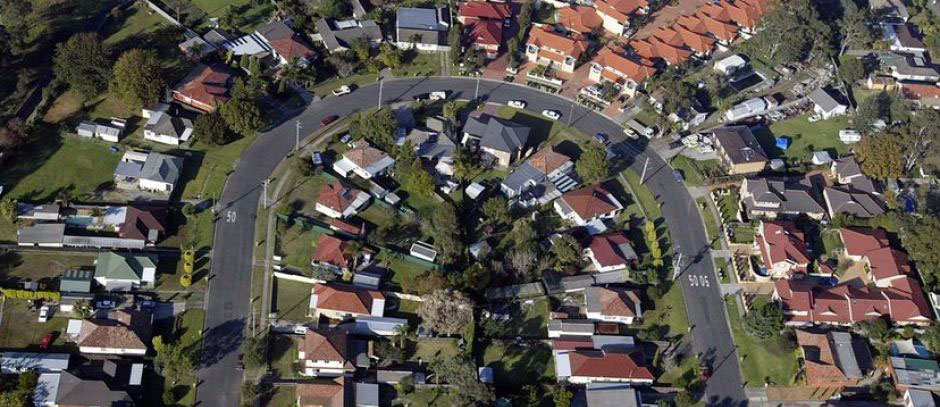One of Australia’s biggest banks has revealed an overhaul in it broker offering that places a strong emphasis on customer service and reducing channel conflict.
NAB today officially launched its updated broker offering, which now means NAB borrowers introduced through the broker channel will have the same access to NAB services and products as any other customer.
Through the NAB broker platform, brokers now have access to four more home loans; NAB Choice Package, NAB FlexiPlus Mortgage, NAB Tailored Home Loan and NAB Base Variable Rate Home Loan, as well as 10-year interest only periods for investment loans.
Upfront and trail commission is offered on the expanded suite of home loan products, while brokers also have access to a wider range of credit card offerings.
Steve Kane, NAB broker offering general manager, said today’s launch is a significant step for the bank and signifies the final step in an ongoing process to strengthen the connection between it and the broker network.
“We had the Homeside brand that didn’t really resonate and put a hurdle in front of brokers when they were talking to their customers. We made a decision to move to NAB Broker and remove the Homeside brand, but the operation stayed the same,” Kane told Australian Broker.
“This is the final stage of that journey, which is really about using the full power of the NAB brand, all the process and services of NAB and all the channels of NAB to support brokers. This is really as much a statement about launching NAB back into the broker market,” he said.
As well as allowing broker clients access to a wider range of products, Kane said the new NAB Broker offering will have a strong emphasis on customer service, which will hopefully lead to a stronger broker–client relationship.
“The position that brokers are now taking is… more and more a long term relationship, rather than transactional one,” Kane told Australian Broker.
“A significant number of brokers are now looking at the whole lifecycle of the customer and part of this rebrand is talking about the broker as a trusted adviser and we’re talking about broking for life.
“We need to be able to offer a holistic range of products and services to support the brokers in doing that, rather than just a mortgage.”
Kane said a new initiative, where select NAB Branches will have staff dedicated solely to broker introduced customers, will hopefully achieve that goal as well as helping to reduce channel conflict.
Under the initiative, brokers can refer their clients to a NAB branch, where dedicated broker channel staff will ensure their accounts and other facilities are set up properly. Those staff are not on a sales incentive program meaning brokers don’t have to fear losing the client.
“The broker is in charge of the products they want to sell the customer. We’re not trying to say we’ll take it all over. What we’ll be doing is ensuring all their accounts and facilities are set up correctly,” Kane told Australian Broker.
“It’s not about competition between channels; it’s targeted at customer service. But it’s not targeted at customer service to the detriment of the broker channel.
“We will always respect the primacy of the broker-client relationship. If a customer came in and said I want a transaction account, we might set them up for that, but on their file brokers can indicate they have a financial planning business or whatever else we won’t do anything that conflicts with that.”




